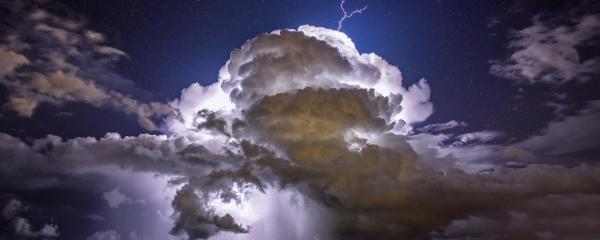World Meteorological Day 2023

Pierandrea Folle
The future of weather, climate and water across generations
The international meteorological organization – WMO as we know it today – turns 150 this year. We started life with morse code and telegraphs and now embrace super-computing, satellites and artificial intelligence. Our long history of data exchange was a pioneer for the Big Data revolution. Our World Weather Watch preceded the World Wide Web (and is just as important!).
Our birth in 1873 was before pollution from greenhouse gases. Climate change is now the defining challenge of our times – and will shape the life of future generations.
Join us on our journey.
Past, present and future
Campaign materials
Posters, videos and other outreach materials for World Meteorological Day 2023 can be downloaded in high-resolution format in Arabic, Chinese, English, French, Russian and Spanish from our Trello Board.
WMO Secretary-General's Statement
Statement by the WMO Secretary-General, Petteri Taalas, on the occasion of World Meteorological Day 2023 on the theme: The future of weather, climate and water across generations
The United Nations Secretary-General's Message
Statement by the United Nations Secretary-General, Antonio Guterres, on the occasion of World Meteorological Day 2023 on the theme: The future of weather, climate and water across generations









